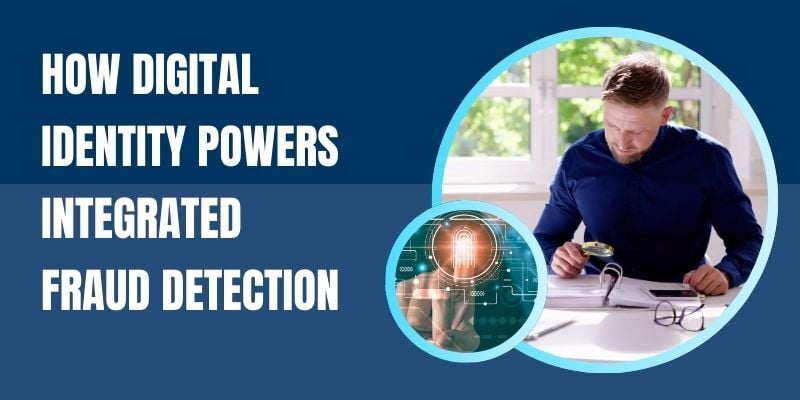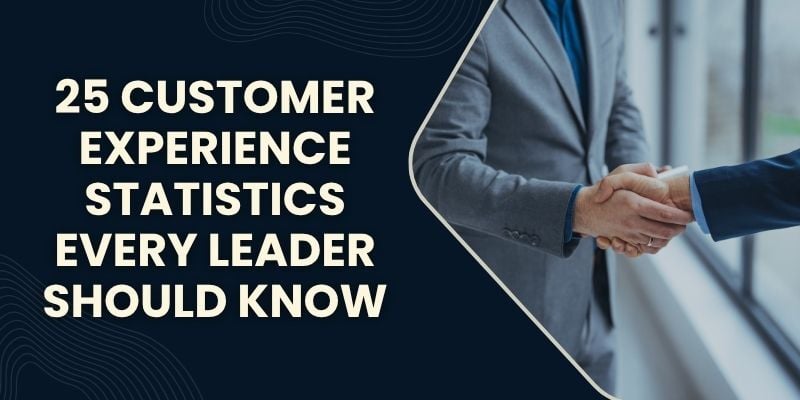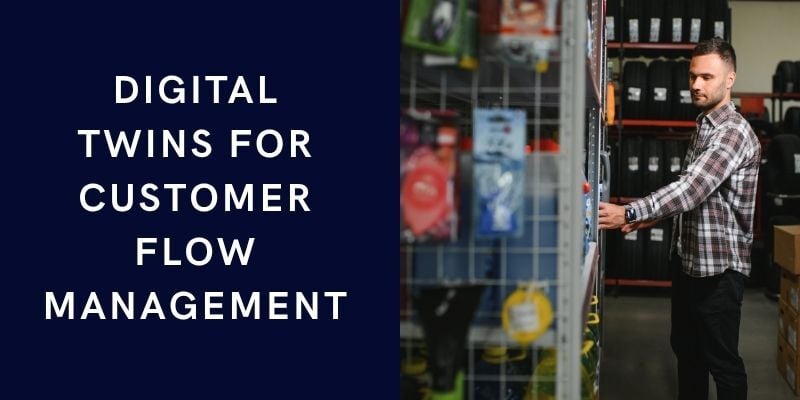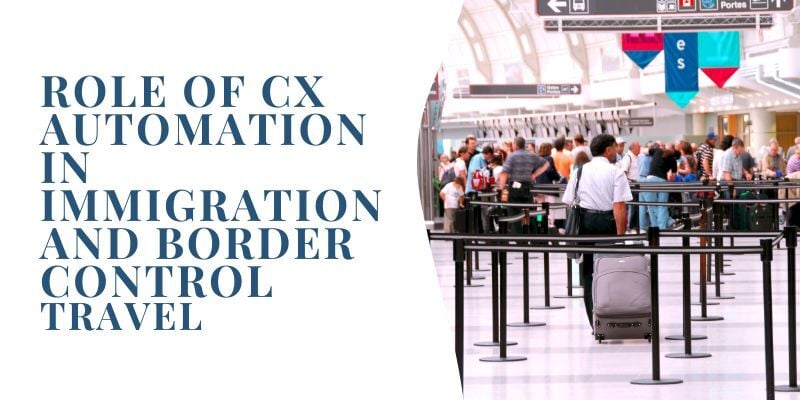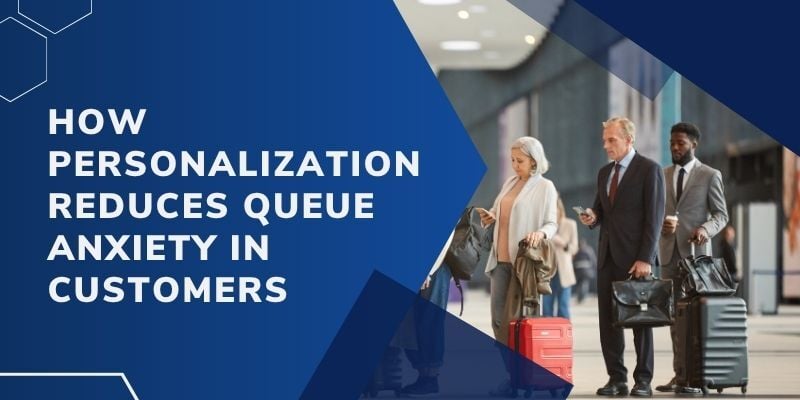A company’s success depends on its B2B customer experience in today’s competitive business world. Businesses that provide excellent experiences can build lasting relationships, increase loyalty, and boost their bottom line.
With more companies shifting to digital platforms, B2B organizations must focus on customer satisfaction at every touchpoint.
This article will give you a comprehensive overview of the B2B customer experience.
From understanding the differences between B2B and B2C to exploring the key components contributing to success, we will cover all you need to know about creating positive experiences for your business clients.
Understanding B2B Customer Experience
B2B customer experience refers to how business customers interact with and perceive a company throughout their relationship. This includes all touchpoints, from the first awareness of a brand to the final post-sale experience.
Unlike B2C (Business-to-Consumer) customer experience, B2B customer experience involves multiple stakeholders, longer sales cycles, and often requires tailored solutions to meet specific business needs.
B2B customer experience management aims to create positive interactions that encourage customer loyalty and long-term partnerships.
Differences Between B2B and B2C Customer Experience
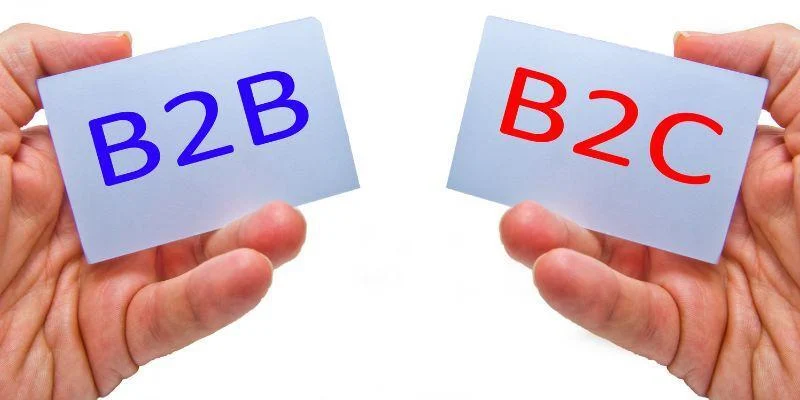 While B2B and B2C focus on the customer, each model has distinct differences in how businesses approach customer experience.
While B2B and B2C focus on the customer, each model has distinct differences in how businesses approach customer experience.
1. Multiple Stakeholders
In B2B, decisions are rarely made by a single individual. These transactions involve several stakeholders, such as managers, department heads, and procurement teams.
These decision-makers may have different priorities, making the buying process more complex. On the other hand, B2C typically revolves around a single consumer purchasing for personal use.
2. Longer Buying Cycles
The buying process in B2B tends to be longer and more complicated than in B2C. Business purchases often involve research, comparisons, negotiations, and multiple meetings before a decision is reached.
B2C, on the other hand, is usually quicker, with customers making decisions based on immediate needs or desires.
3. Decision-Making Processes
In B2B, the decision-making process requires consensus among stakeholders, each bringing their priorities and concerns.
This contrasts with B2C, where an individual is likely to make a quicker decision without needing approval from others. Businesses must consider these complex dynamics when developing a B2B customer experience strategy.
4. Personalization and Customization
Personalization is essential in B2B and B2C, but it takes on a more significant role in B2B because business clients often need custom solutions tailored to their unique needs.
Personalization can be more straightforward in B2C, such as recommending products based on previous purchases. In B2B, businesses must often customize solutions, offers, and services to address specific client challenges.
5. Long-Term Relationships
While B2C interactions are often transactional, B2B relies heavily on long-term relationships.
Companies that engage in B2B customer experience management must prioritize relationship-building over time, ensuring their clients feel valued and supported throughout their journey.
B2B customer engagement often continues long after the initial sale, focusing on ongoing support and collaboration.
Stages of the B2B Customer Journey
The B2B customer journey involves several stages, each requiring careful management to ensure a positive experience. Let’s explore each stage:
1. Awareness
The first step in any B2B customer experience is creating awareness of your brand. Potential customers need to know who you are and what you offer.
At this stage, marketing efforts such as advertising, content marketing, and social media campaigns are crucial in drawing attention to your business.
2. Consideration
Once a potential client is aware of your brand, they enter the consideration phase, evaluating solutions to their problem.
Transparent information, case studies, and product demos can help them decide to choose your business. A successful B2B customer experience strategy ensures you are top of mind during this critical stage.
3. Decision
At the decision stage, clients are ready to make a purchase. This is where businesses need to ensure that they stand out from competitors. Factors such as price, product features, and customer support can all influence the final decision.
To improve the B2B digital customer experience, ensure your company is easy to work with and responsive to any final questions or concerns.
4. Post-Sale Evangelism
The journey continues once a sale is made. The post-sale phase is one of the most important stages in B2B customer experience.
Companies have the chance to turn customers into loyal advocates by offering excellent support, continuing communication, and gathering feedback. This can ensure that customers remain satisfied and are willing to recommend your business to others.
Key Components of B2B CX
Building a successful B2B customer experience involves focusing on critical components that contribute to overall satisfaction. Here are some important factors to consider:
1. Omnichannel Approach
In today’s digital age, businesses must provide seamless experiences across multiple channels. An effective B2B digital customer experience means that clients can interact with your company through different platforms—whether online, via email, or in person—and still receive the same high level of service.
An omnichannel approach ensures that customers can engage with you on their preferred channels, improving their overall satisfaction.
2. Personalization
A great B2B customer experience requires personalization. Businesses must tailor their communications, product offerings, and services to meet each client’s needs.
Companies can use data and insights to create personalized experiences that make customers feel valued and understood.
3. Proactive Communication
One key component of a successful B2B customer experience strategy is proactive communication.
Keeping customers informed throughout their journey—whether it’s about product updates, changes in delivery schedules, or new service offerings—helps build trust and reduce confusion. This leads to smoother interactions and a better overall experience.
4. Continuous Feedback
Collecting and acting on customer feedback is vital for improving the B2B customer experience. Regularly asking for client input helps you understand what you’re doing well and where to improve.
When customers see that you value their opinions and act on their feedback, they are more likely to remain loyal and satisfied.
Best Practices for B2B CX
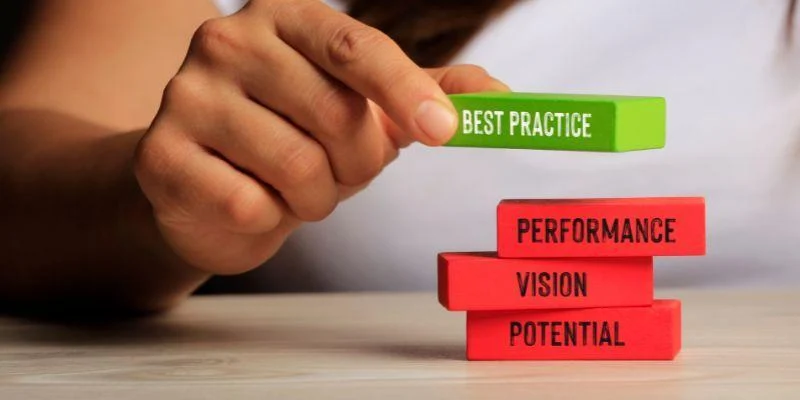 To deliver an exceptional B2B customer experience, businesses can follow several best practices that help improve satisfaction and streamline interactions. Below are the most effective ways to enhance customer experience in B2B environments:
To deliver an exceptional B2B customer experience, businesses can follow several best practices that help improve satisfaction and streamline interactions. Below are the most effective ways to enhance customer experience in B2B environments:
1. Aligning CX with Business Goals
It is important to ensure that B2B customer experience initiatives are aligned with overall business objectives. This helps create a clear connection between customer satisfaction and company growth. Here are some steps to do this:
- Set clear goals: Your CX strategy’s goals should support broader business objectives, such as increasing revenue, enhancing client retention, or improving market share.
- Prioritize client needs: Ensure that customer experience efforts address specific pain points and challenges your clients face.
- Monitor performance: Regularly evaluate how your CX strategies contribute to overall business success through key performance metrics like customer retention and satisfaction.
Aligning CX with business goals ensures that customer experience management is about more than pleasing clients; it is also about driving business outcomes.
2. Empowering Frontline Employees
Frontline employees are critical in shaping the B2B customer experience since they have direct contact with customers. Here are ways to empower them:
- Provide training: Ensure that your employees are well-trained in customer service skills and product knowledge. This will allow them to handle a wide range of customer inquiries confidently.
- Equip with tools: Supply frontline employees with the necessary tools and resources, such as customer relationship management (CRM) systems, to provide quick solutions to customer problems.
- Autonomy: Enable staff to make decisions without going through layers of approval. This enables quicker problem-solving and shows customers that your business is responsive.
3. Leveraging Technology
Technology plays a significant role in improving the B2B digital customer experience. Here’s how technology can be leveraged:
- Automation: Automate systems like email workflows to keep clients updated on their order status, renewals, or promotions without manual effort.
- Self-service tools: Invest in self-service kiosks or quality management systems (QMS) to allow customers to solve issues, access information, or purchase independently.
- Data analytics: Leverage data to understand customer behavior and preferences. This allows businesses to provide more personalized recommendations and increase overall satisfaction.
4. Measuring and Reporting
Tracking the effectiveness of your B2B customer experience strategy is essential. To do this, you must measure key performance indicators (KPIs) and communicate results to stakeholders. Important metrics include:
- Customer Satisfaction (CSAT): Regular surveys can help determine how happy customers are with your products or services.
- Net Promoter Score (NPS): This measures the likelihood of clients recommending your company to others.
- Customer Retention Rate: Tracking how many customers stay with your company over time is a strong indicator of a successful B2B customer experience.
- Customer Lifetime Value (CLV): Calculating the value a customer brings over their relationship helps justify investments in CX strategies.
Case Studies and Examples
Improving B2B Customer Experience with Wavetec’s Meat Queuing System
Tony’s Fresh Market partnered with Wavetec to improve the B2B customer experience in their meat and deli departments by implementing a Meat Queuing System. Key challenges included long wait times, inefficient queue management, and lack of real-time data.
Wavetec’s solution is easily integrated with Hobart scales, allowing efficient service, real-time customer notifications, and digital feedback options.
The system reduced wait times, improved staff efficiency, and better customer satisfaction. Real-time monitoring and reporting provided valuable insights, driving continuous improvements in service delivery and operational optimization.
Improving B2B Customer Experience with Wavetec’s Queue Management Solution at Thrive Dispensaries
Thrive Dispensaries by MariMed partnered with Wavetec to overcome long wait times and improve customer journeys through a seamless queue management solution.
The dispensaries minimized wait times and increased staff efficiency by integrating Wavetec’s system with Thrive’s existing POS.
LCD Customer Display Units were installed to show real-time queue updates, while the Donatello Digital Signage Solution delivered personalized messages.
The API integration with the POS system allowed ticket issuance without additional hardware. This resulted in shorter wait times, improved customer experiences, and increased staff productivity, benefiting MariMed.
Implementing a B2B CX Strategy
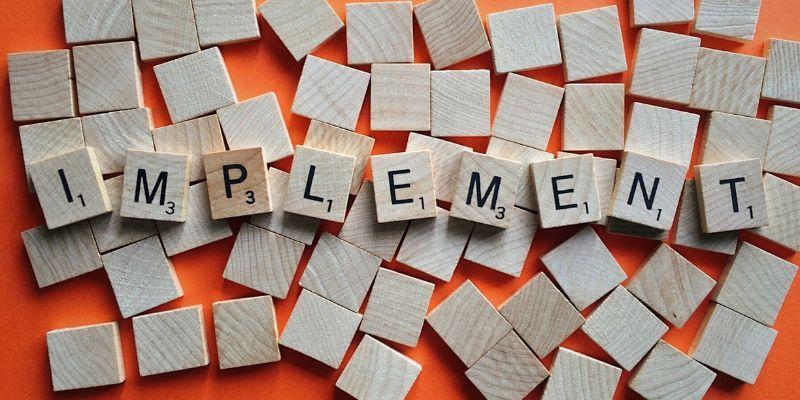 Implementing a successful B2B customer experience (CX) strategy is vital for businesses that aim to build long-lasting relationships with their clients.
Implementing a successful B2B customer experience (CX) strategy is vital for businesses that aim to build long-lasting relationships with their clients.
Unlike B2C, where customers are individual consumers, B2B customer experience involves working with multiple stakeholders, longer decision-making processes, and often more complex sales cycles.
This makes it vital for businesses to have a clear and effective CX strategy that addresses all aspects of the customer journey.
To successfully implement a B2B customer experience strategy, businesses need to evaluate their current CX, set measurable goals, develop an actionable plan, and continuously refine the strategy based on feedback and performance data.
1. Evaluating the Current State of B2B Customer Experience
Before implementing any changes, businesses must evaluate their existing B2B customer experience. This involves analyzing all customer touchpoints—from the first interaction with a sales representative to post-sale support—to determine where improvements can be made.
- Conduct a comprehensive audit: Assess how your customers experience your brand. This could involve surveys, feedback forms, or interviews with key clients to gain insights into their perceptions of your b2b customer service.
- Map the customer journey: Outline every step, including initial awareness, product evaluation, purchase decision, and ongoing support. Understanding each touchpoint will highlight areas that may require attention, such as gaps in communication, slow response times, or unclear product information.
- Gather qualitative and quantitative data: Use customer satisfaction surveys, Net Promoter Scores (NPS), and other feedback tools to measure how customers perceive your business. This will help identify pain points and areas for improvement.
2. Setting Clear and Measurable Goals for B2B Customer Experience Initiatives
Once you have evaluated the current customer experience, the next step is to set clear and measurable goals for your B2B customer experience strategy. With defined goals, it becomes easier to track progress and assess the success of your CX initiatives.
- Identify key objectives: What do you want to achieve with your CX strategy? Objectives include improving customer satisfaction, reducing churn, increasing client retention rates, or enhancing the B2B digital customer experience by streamlining online interactions.
- Make goals specific and measurable: Instead of vague goals like “improve customer experience,” aim for more concrete targets such as “increase customer satisfaction score by 10% within six months” or “reduce customer onboarding time by 20%.”
- Align goals with broader business objectives: Ensure your B2B customer experience goals align with your company’s larger business strategy. For instance, improving the customer experience should help drive repeat business and referrals if your business is focused on growth.
Setting clear and measurable goals provides direction and allows businesses to monitor their progress and make data-driven decisions.
3. Developing an Effective B2B CX Action Plan
An actionable B2B customer experience strategy requires a detailed plan outlining the steps, the resources needed, and the individuals responsible for each task. This action plan serves as a roadmap for implementing your CX initiatives and ensuring they are carried out efficiently.
- Break down the strategy into phases: Divide your CX strategy into manageable phases, such as improving the onboarding process, enhancing communication during the sales cycle, or optimizing post-sale support. This phased approach allows your team to focus on one aspect of the customer experience at a time.
- Assign responsibilities: Clearly define who is responsible for each B2B customer experience strategy aspect. Depending on the tasks involved, this could include assigning roles to specific departments, such as marketing, sales, customer service, and IT. For instance, the sales team might handle improving the initial communication process, while IT could work on optimizing the B2B digital customer experience.
- Set realistic timelines: Establish timelines for each strategy phase to ensure that tasks are completed on time. These timelines should be realistic, considering the resources available and the complexity of the changes being made.
- Allocate resources: Ensure that the necessary resources, whether in terms of personnel, technology, or budget, are allocated to implement the CX strategy effectively. For example, if the action plan includes integrating new customer relationship management (CRM) software, make sure the IT department has the tools and support it needs to carry out this task.
4. Key Elements of an Effective B2B CX Action Plan
A well-structured B2B customer experience action plan should include the following key elements to ensure success:
- Customer personas: Develop detailed customer personas that represent your target business clients. Understanding their needs, challenges, and pain points will help you effectively tailor the customer experience.
- Communication channels: Outline the communication channels you will use to engage with clients, whether through email, phone calls, live chat, or social media. A seamless omnichannel approach is critical for ensuring clients can reach you through their preferred platforms.
- Feedback mechanisms: Set up methods for continuously collecting feedback from clients. This could include regular surveys, follow-up emails, or in-person meetings to discuss their experiences with your business.
- Technology integration: Consider how technology, such as automation tools or data analytics platforms, can increase your CX strategy. For example, using analytics can help personalize customer interactions by understanding their previous purchasing behavior and preferences.
5. Regularly Reviewing and Refining the B2B CX Strategy
A successful B2B customer experience strategy is not static. It should evolve based on performance data, customer feedback, and changing business goals. Regularly reviewing and refining your strategy is critical to staying competitive and maintaining high levels of customer satisfaction.
- Analyze performance data: Track key performance indicators (KPIs) such as customer satisfaction scores, Net Promoter Scores (NPS), and customer retention rates. This data provides valuable insights into your CX strategy’s effectiveness and highlights improvement areas.
- Collect customer feedback: Actively seek feedback from your clients through surveys, interviews, or focus groups. Understanding their evolving needs and expectations will allow you to adjust your strategy accordingly.
- Benchmark against industry standards: Compare your B2B customer experience performance to industry standards and competitor benchmarks. This will give you a clearer picture of how your business is performing and where you can improve to stay ahead.
- Refine based on insights: Use the insights gathered from data analysis and customer feedback to improve your CX strategy. For instance, if feedback indicates that clients are unhappy with slow response times, you may need to invest in better customer support systems or train your staff to respond more promptly.
FAQs
1. How do you explain B2B experience?
B2B customer experience refers to the interactions and overall journey a business client has with a company, from the initial contact to post-sale support. It focuses on providing value, building long-term relationships, and tailoring solutions to meet businesses’ specific needs.
2. How to measure B2B customer experience?
B2B customer experience can be measured using key metrics like customer satisfaction (CSAT) scores, Net Promoter Score (NPS), and customer retention rates. Regularly collecting feedback through surveys and analyzing performance data also helps evaluate CX strategies’ effectiveness.
3. What is an example of a B2B customer?
An example of a B2B customer is a company that buys raw materials from a supplier to manufacture goods. For instance, a car manufacturer purchasing steel from a steel supplier would be a typical B2B relationship.
4. What are the four main types of B2B customers?
The four main types of B2B customers include:
- Producers: Companies that create products or services.
- Resellers: Businesses that buy products to resell them.
- Governments: Public sector entities purchasing products or services.
- Institutions: Non-profit organizations such as schools or hospitals.
5. How do you categorize B2B customers?
B2B customers can be categorized based on industry, company size, purchasing behavior, or geographic location. This segmentation helps businesses tailor their customer experience strategies to specific client needs.
Conclusion
Implementing a successful B2B customer experience strategy requires a thoughtful, well-structured approach. It begins with a thorough evaluation of the current state of your customer experience and identifying areas for improvement.
By setting clear and measurable goals, developing an actionable plan, and regularly refining your strategy based on performance data and feedback, you can create a customer experience that drives business success and advances long-term relationships.
Ultimately, a strong B2B customer experience strategy satisfies clients and contributes to broader business objectives, such as growth, client retention, and increased revenue.
With continuous attention and improvement, your B2B customer experience can become a key differentiator in a competitive marketplace.
BOOK A FREE DEMO
